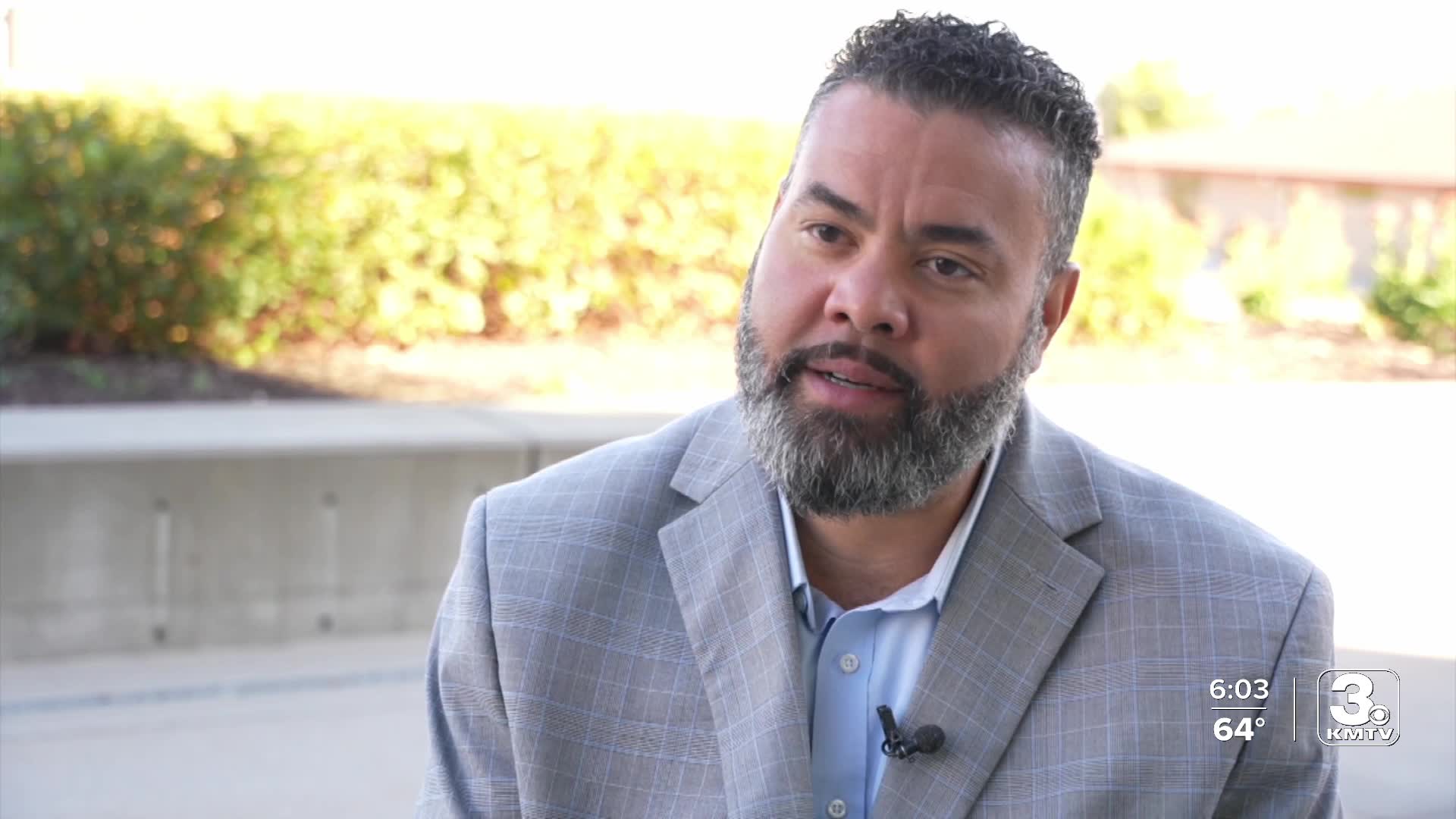- Nearly 1 in 5 residents in a portion of north Omaha surveyed showed clinical signs of PTSD — with youth rates even higher at 1 in 4.
- The state-funded $500,000 study found that 25% had been shot or shot at, and two-thirds regularly hear gunfire near their homes.
Former Sen. Justin Wayne and researcher Dr. Bill Reay say the data proves long-term trauma in North Omaha mirrors “a battle zone” — and call it a blueprint for healing.
BROADCAST TRANSCRIPT:
Latron Chrome Louis, remembers being just nine years old when his childhood changed forever. He, his brother, and his cousin were caught in the middle of a shootout.
“It was a normal childhood for me until I realized I was living in extreme poverty,” he said.Louis grew up surrounded by violence — an experience shared by many in North Omaha. Now, a new state-funded study confirms what residents have long felt: the impact of trauma runs deep. Nearly 20% of people surveyed showed clinical signs of PTSD, and among youth, that number climbs to one in four.
“For myself, I went through childhood trauma… then I went into self-inflicted trauma because of my childhood,” Louis said.Today, Louis leads Code Z, an organization focused on gang intervention and violence prevention — work he says is crucial to breaking the cycle.
Former State Senator Justin Wayne, who secured $500,000 in state funding for the study, says the data shows the community is facing trauma comparable to war conditions.
“Our kids in North Omaha — they hear gunshots, they see dead bodies, they witness or are part of violence… then they have to get up and go to school the next day,” Wayne said.“The study shows that parts of our neighborhoods are no different than a battle zone.”Researchers found 25% of participants had been shot or shot at, nearly 30% witnessed someone being shot, and two-thirds regularly heard gunfire outside their homes.
Dr. William “Bill” Reay, who led the study, says these conditions force families to live in persistent danger.
“North Omaha — folks don’t leave. They have to stay in those violent circumstances,” Reay said.The trauma isn’t only tied to gun violence. The report also revealed 22% of respondents experienced rape or molestation, and nearly half of them met the threshold for PTSD.
“Some events — tragic, violent events — can trigger intense emotional reactions,” Reay explained. “Children don’t have that experience yet, so they aren’t adapting as well… and parents become desensitized to that environment.”Researchers say that untreated trauma often transfers between generations — impacting how families respond to stress, safety, and community violence.
Louis says the fight for healing is far from over.
“We want help more than ever… but you lose hope after you’ve been in the water for so long, just trying to stay afloat.”Wayne hopes the findings will serve as a blueprint for new policies and long-term healing in North Omaha.
This story was reported on-air by a journalist and has been converted to this platform with the assistance of AI. Our editorial team verifies all reporting on all platforms for fairness and accuracy.




